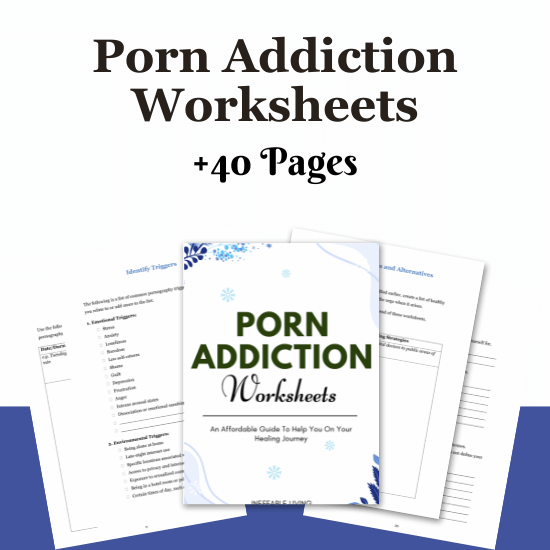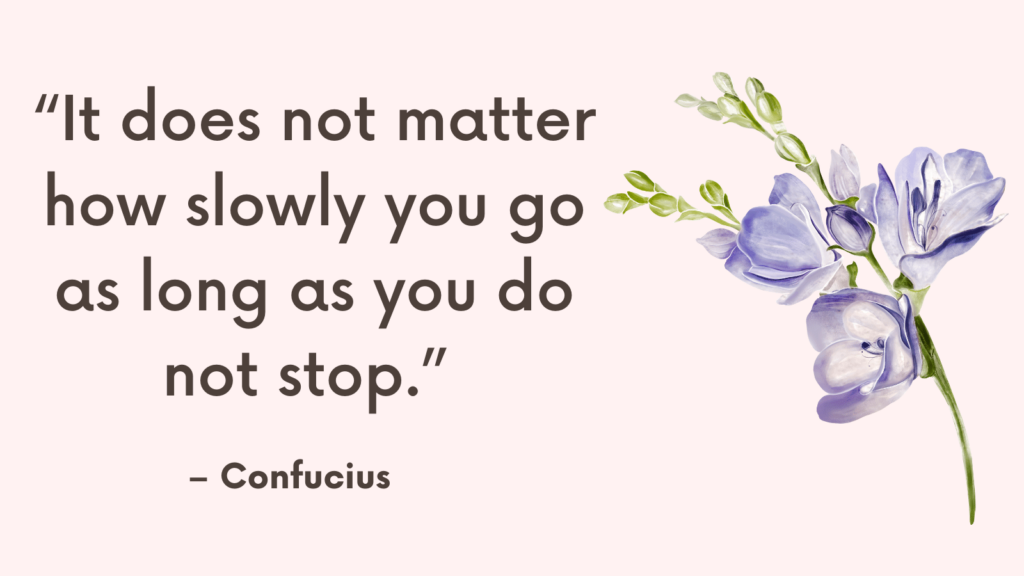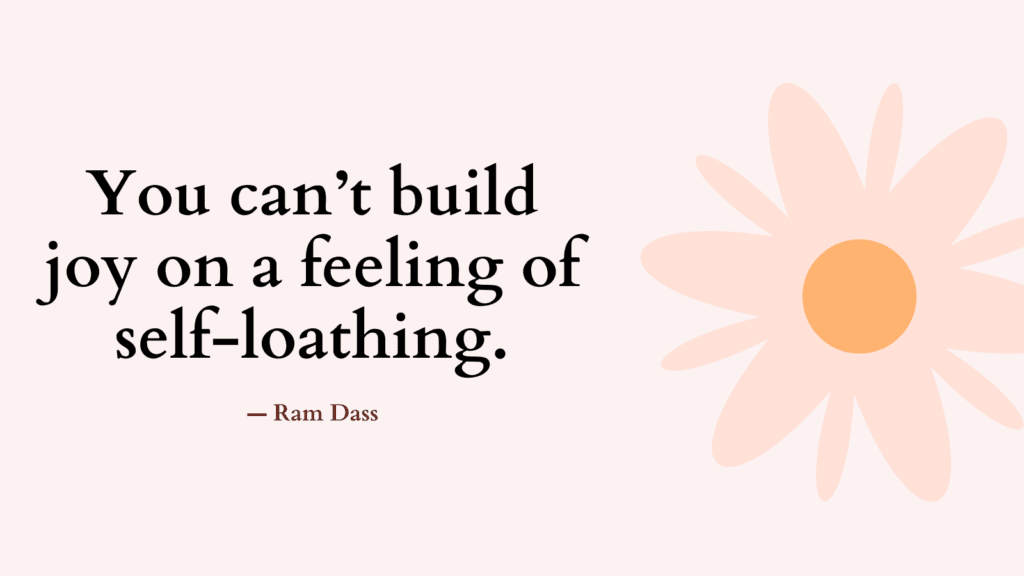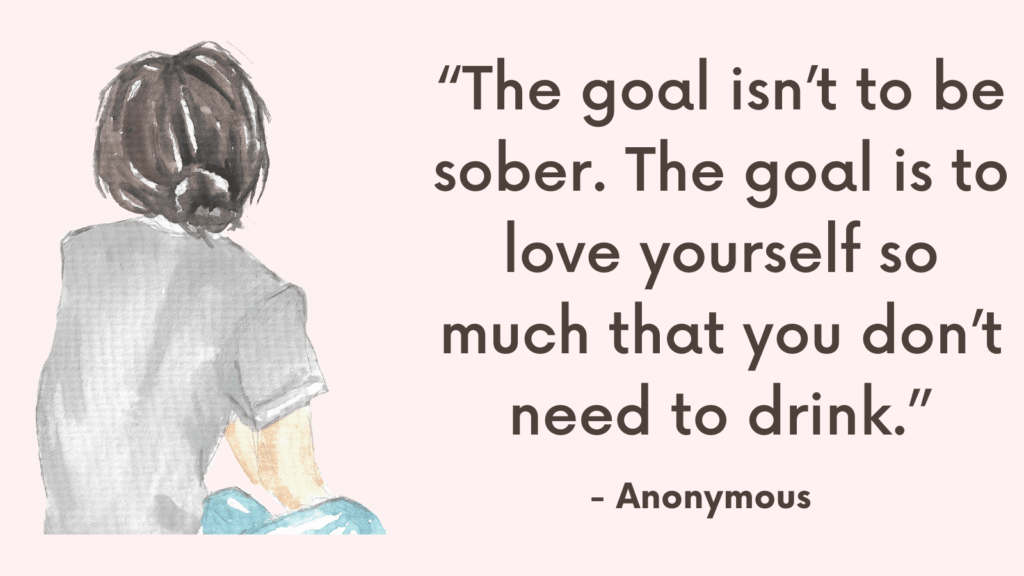This post contains signs of porn addiction as well as helpful tips to overcome it.
What Constitutes Porn Addiction?
Porn addiction is characterized by compulsive engagement with pornography that leads to significant distress or impairment in functioning.
Signs of Porn Addiction
1. Preoccupation with Pornographic Material:
Individuals who struggle with excessive pornography use might find themselves preoccupied with sexual content, spending inordinate amounts of time searching for, viewing, or engaging with pornography.
This preoccupation often comes at the expense of other activities or interests.
2. Usage Escalation:
Similar to substance use disorders, individuals might experience a need to increase the amount of pornographic material they consume over time to achieve the same level of satisfaction or arousal, often leading to more extreme or varied genres.
3. Failed Attempts to Stop or Reduce Use:
A hallmark of addiction is repeated attempts to curb or stop the behavior.
Those with problematic pornography use may have made numerous attempts to reduce their consumption or quit altogether, but find themselves unable to do so.
4. Neglect of Important Duties:
People might start neglecting responsibilities such as work, school, or family obligations due to the time and energy spent on viewing pornography.
They may be late to appointments, fail to meet deadlines, or disregard important tasks.
Related: Porn Addiction Test (+Best 6 Tips On How To Get Free From Porn Addiction)
5. Disruption in Social and Romantic Relationships:
Excessive pornography use can lead to issues within relationships, including decreased interest in intimate activities with a partner, secrecy, and feelings of shame or guilt.
This can cause friction, mistrust, and distance between partners.
6. Continued Use Despite Negative Consequences:
Despite recognizing the harmful impact on personal and professional life, someone with a pornography addiction may persist in their behavior.
This could include continued use even when it leads to social, financial, or legal repercussions.
7. Emotional Distress or Mood Changes:
Frequent consumption of pornography can be associated with emotional and psychological distress, including feelings of shame, guilt, anxiety, or depression.
Individuals may use pornography as a way to self-soothe or escape these negative emotions, creating a maladaptive cycle.
8. Impact on Self-Esteem:
Engagement with pornography, particularly if perceived as excessive or outside the bounds of one’s own values, can lead to feelings of low self-worth or diminished self-esteem.
9. Sexual Dysfunction:
Some individuals report experiencing sexual dysfunction, such as erectile dysfunction or decreased sexual sensitivity, which may be associated with extensive pornography use and the resultant conditioning of sexual arousal to digital stimuli rather than real-life interactions.
Related: How To Help Someone With A Porn Addiction? Top 10 Tips
10. Secrecy and Isolation:
Due to feelings of embarrassment or the fear of being judged, people struggling with pornography addiction might become secretive about their habits, isolating themselves from friends and family to avoid confrontation or discussion about their behavior.
11. Use of Pornography in Inappropriate Situations:
This includes viewing pornography in situations where it is clearly inappropriate or risky, such as at work, in public places, or when other household members are present, indicating an impaired sense of judgment due to the compulsion.
12. Interference with Daily Life and Self-Care:
Some individuals may experience disruptions in their daily routines, including irregular sleep patterns, poor nutritional habits, lack of exercise, and ignoring personal hygiene, due to the time spent engaging with pornography.
13. Cravings and Compulsions:
The individual may experience intense cravings for pornography, which feel similar to urges described by those with substance use disorders.
These strong desires can interfere with their ability to focus on other aspects of life.
14. Defensive Attitude About Pornography Usage:
When confronted about their pornography use, individuals may become defensive or dismissive, often downplaying the extent of their use or its impact on their life and the lives of those around them.
15. Relief from Stress or Negative Emotions:
Pornography may become a primary coping mechanism for dealing with stress, loneliness, or other negative emotions, further entrenching its use in an individual’s life despite adverse outcomes.
Related: Top 10 Books On Porn Addiction
How to Overcome Porn Addiction?
1. Acknowledgement and Acceptance:
The first step is acknowledging that pornography use has become problematic and accepting the need for change.
This can be the most challenging part for many, as it involves confronting denial and overcoming the stigma or shame often associated with excessive pornography use.
2. Understanding Triggers:
Identify situations, emotions, or thoughts that trigger the urge to view pornography.
Common triggers may include stress, loneliness, boredom, or existing relationship problems.
Awareness of these triggers is essential for developing strategies to cope with them.
Related: Am I Self-Destructive Quiz
3. Developing Coping Strategies:
Once triggers are identified, work on developing healthy coping mechanisms.
These can include engaging in physical activity, practicing mindfulness or meditation, pursuing hobbies, or reaching out to friends or family for social support.
4. Establishing Goals and Boundaries:
Set clear, achievable goals for reducing or eliminating pornography use.
Establish boundaries around technology use, such as using website blockers or filters, keeping devices in public spaces, or setting time limits for internet usage.
5. Self-Care and Lifestyle Changes:
Prioritize self-care by ensuring adequate sleep, proper nutrition, regular exercise, and stress management.
A healthy lifestyle supports overall well-being and reduces the likelihood of using pornography as a coping mechanism.
6. Addressing Underlying Issues:
Often, excessive pornography use is a symptom of underlying emotional or psychological issues, such as depression, anxiety, trauma, or unresolved relationship conflicts.
Working with a therapist to address these root causes is crucial for lasting change.
Related: Dysregulated Nervous System: Top 9 Signs & How to Heal
7. Relapse Prevention:
Understand that setbacks can occur, and they do not signify failure.
Develop a relapse prevention plan with strategies to deal with potential slip-ups and maintain progress toward recovery goals.
8. Educating Oneself:
Learn about the effects of pornography on the brain, relationships, and society.
Education can empower individuals to make informed decisions about their consumption of pornography.
9. Readdressing Sexual Health:
Work on understanding and improving sexual health.
This might involve exploring new forms of intimacy, communication, and connection with a partner, or developing a healthier relationship with one’s own sexuality.
10. Engaging in Creative Outlets:
Channel energy into creative endeavors such as art, music, writing, or other forms of expression.
Creative activities can provide a productive and fulfilling alternative to pornography use.
Related: Emotional Dysregulation Test [A Quick Test]

Conclusion
Recovery from pornography use is a personal journey and may require a combination of the above strategies.
The effectiveness of each strategy will vary from person to person, so it’s important to continuously adapt the approach as needed.



